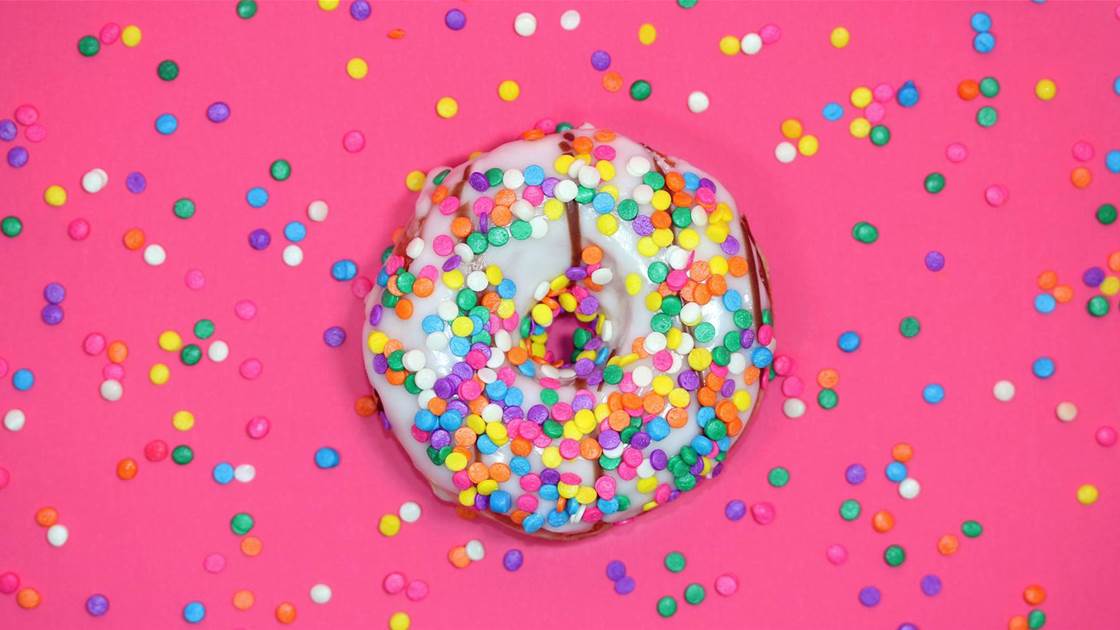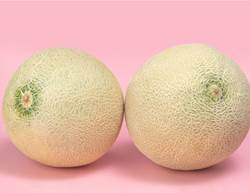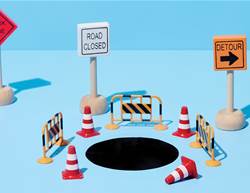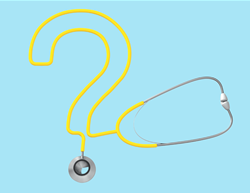For those who don’t have diabetes, nibbling a cookie here or some chips there isn’t a big deal. Those unhealthy treats may run counter to your diet or weight loss goals, but eating them isn’t the end of the world. For people with diabetes, on the other hand, one too many slip-ups could carry potentially life-threatening consequences.
“It’s hard to say exactly what’s okay and what’s not because every patient with diabetes is a little different, and every patient’s tolerance for carbohydrates is different,” says diabetes specialist Dr Matthew Freeby. “But if a patient eats enough carbohydrates that the pancreas is unable to produce insulin to drive blood sugar down, that’s what we worry about.”
Carbohydrates-a macronutrient group that includes sugar-pose the greatest threat to people with diabetes. Foods heavy in protein and fat, on the other hand, “tend to be the ones we have patients gravitate toward,” he explains.
Too-high or too-low blood sugar levels-known as hyperglycemia and hypoglycemia, respectively-can lead to symptoms like nausea, vomiting, stomach pain, a rapid heartbeat, dizziness, or confusion. Experiencing any of these symptoms when you have diabetes should send you to the doc ASAP. In extreme cases, high or low blood sugar could lead to unconsciousness and death.
“No food needs to be completed banned from your diet,” explains dietitian Vandana Sheth. “However, some foods make it easier to manage your diabetes compared to others. A registered dietitian nutritionist specialising in diabetes can help you enjoy your favourite foods while also maintaining good blood sugar control.”
So which foods are most likely to get people with diabetes into trouble? Keep reading.
Soft drink
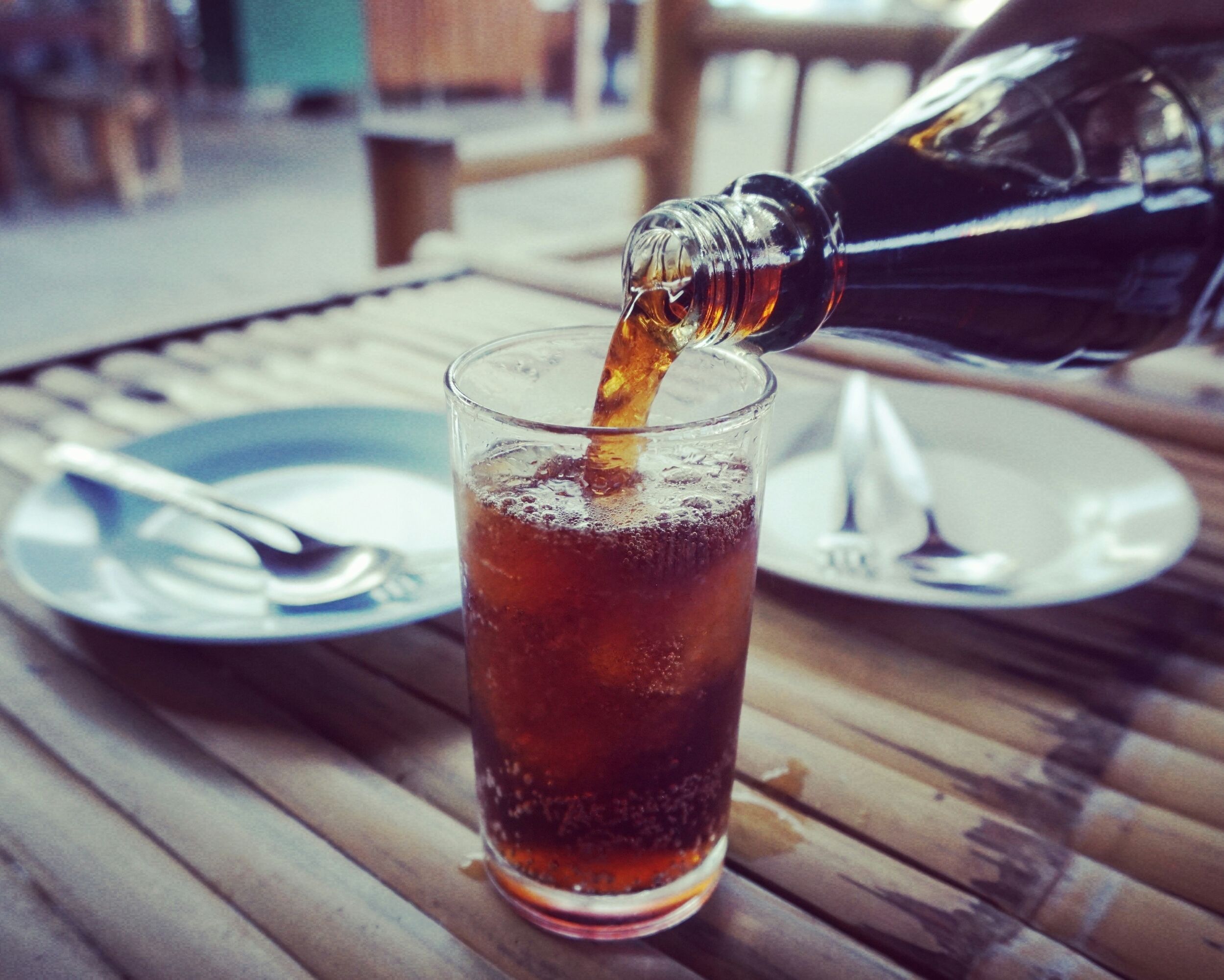
While there’s a small mountain of evidence linking diet soft drink to larger waistlines and other health concerns, regular soda is a much greater threat to those with diabetes. “When patients ask about what they should avoid, one of the top things I recommend are sugar-sweetened beverages,” says dietitian Angela Ginn-Meadow.
A single 375mL can of Coca Cola contains 39 grams of sugar. To put that in perspective, it is recommended that adult women should cap their total daily sugar intake at 25 grams, while men should go no higher than 36 grams.
Also, because a liquid can be consumed much more quickly than most foods, pounding a large glass of soft drink is one of the easiest ways to overload your system and send your blood sugar levels soaring. Sports drinks and bottled teas are also major sources of sugar.
Fruit juice
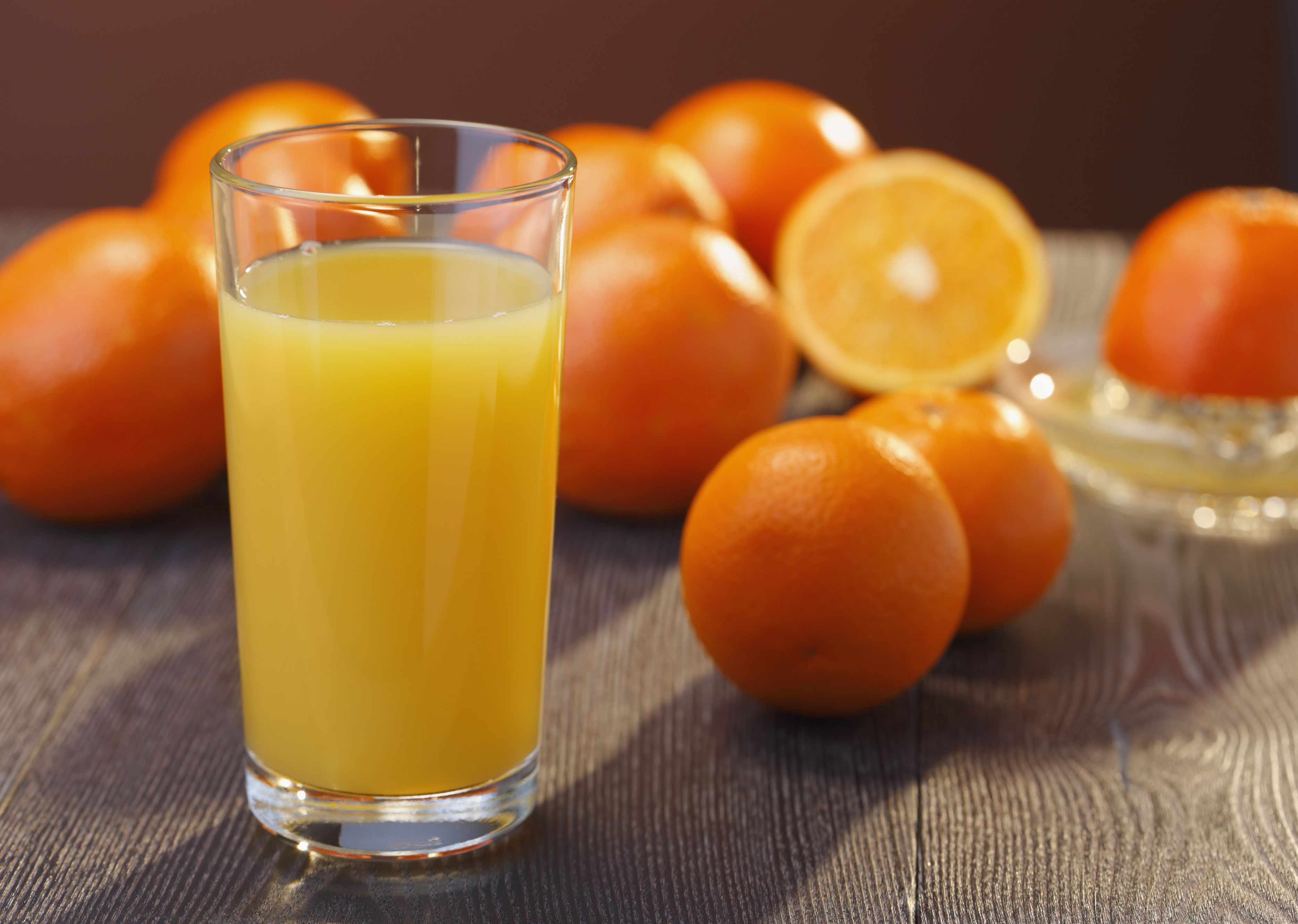
“As much as we think of fruit juice as healthy, they are primarily sugar,” Ginn-Meadow says. And for diabetics-and the rest of us, actually-there doesn’t seem to be a big difference between consuming sugar in the form of soda or in the form of fruit juice. Both are unhealthy, research shows.
Donuts and bagels

“Many of my patients with diabetes think about sugar as being the worst thing that’s impacting their blood sugar, but it’s really about carbohydrates,” Dr Freeby says. “I tell them to look at nutrition labels for the total carbohydrate content, not just the sugar content.” Donuts and bagels made with refined and processed grains are major sources of blood-sugar-spiking carbs, he says.
Hot chips
Sure, this is an obvious one. But unless you’re sticking to sugar-free gum, almost all candy is chock full of the sweet stuff. “The more sugar you consume in a concentrated amount, the more your blood sugar is affected,” Ginn-Meadow says. And few things you could put in your mouth contain more concentrated doses of sugar than candy.
Bread
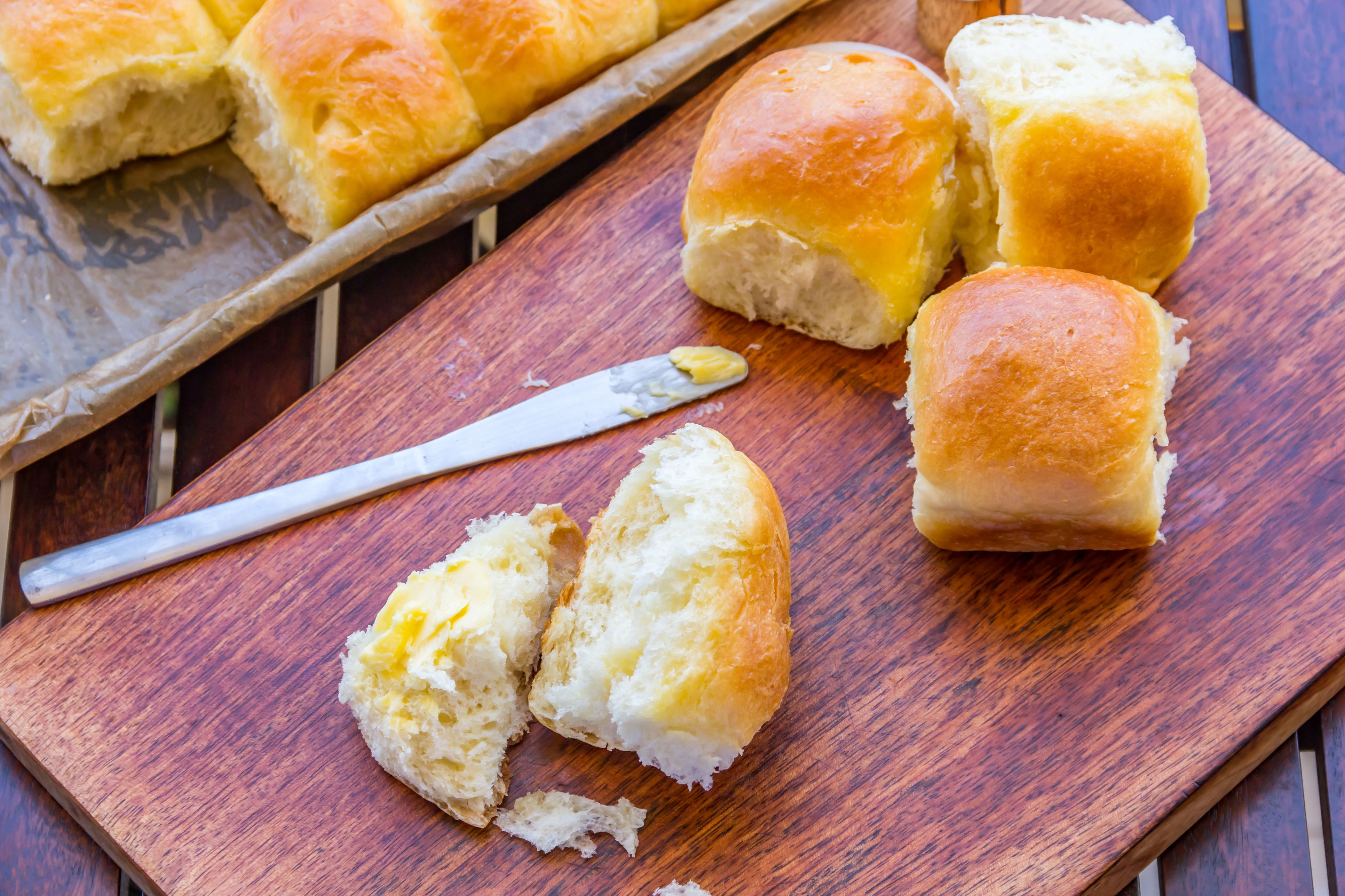
Again, carbohydrates are a diabetics nemesis. And refined, heavily processed breads are a significant source of carbs. “If you’re going out to eat, the bread basket should go right back to the kitchen,” Ginn-Meadow says.
Dr Freeby agrees. But he says whole-grain breads-because they take more time to digest-are safer options. Look for whole grain or “sprouted” breads. You’ll want to check the bread’s label to make sure a whole grain is the first thing named on the ingredients list.
White pasta and rice

The same goes for pasta, rice, and other white refined grains, since they tend to be high in carbs, and low in fibre and protein, says Sheth. All of this will contribute to higher blood sugar, since fibre slows down the conversion of carbs into sugar and protein helps slow down the spike.
“Instead, try to enjoy a higher fibre option such as pasta made from beans or lentils, brown rice, and whole grain/high fibre bread,” she says. “If you really enjoy the taste and flavour of white pasta and rice, then be mindful of enjoying appropriate portions and balance it off with a high fibre veggie side dish, and a adequate lean protein to minimise the impact on your blood sugar.”
Alcohol

Drinking booze can actually cause your blood sugar to drop too low (also known as hypoglycemia) because alcohol interferes with your liver’s ability to produce glucose. What’s more, alcohol doesn’t mix well with certain diabetes medications, says Sheth.
“It is important that you know what your blood sugar is before you drink, and avoid drinking on an empty stomach (when your blood sugar is already low),” she says, since your risk of severely low blood sugar only increases the more you drink.
People with diabetes should follow the same moderation rules set for everyone else-no more than one drink per day for women and two drinks per day for men, says Sheth. Everyone is different, though, so it’s important to talk to your doc about your personal limits.
Dried fruit
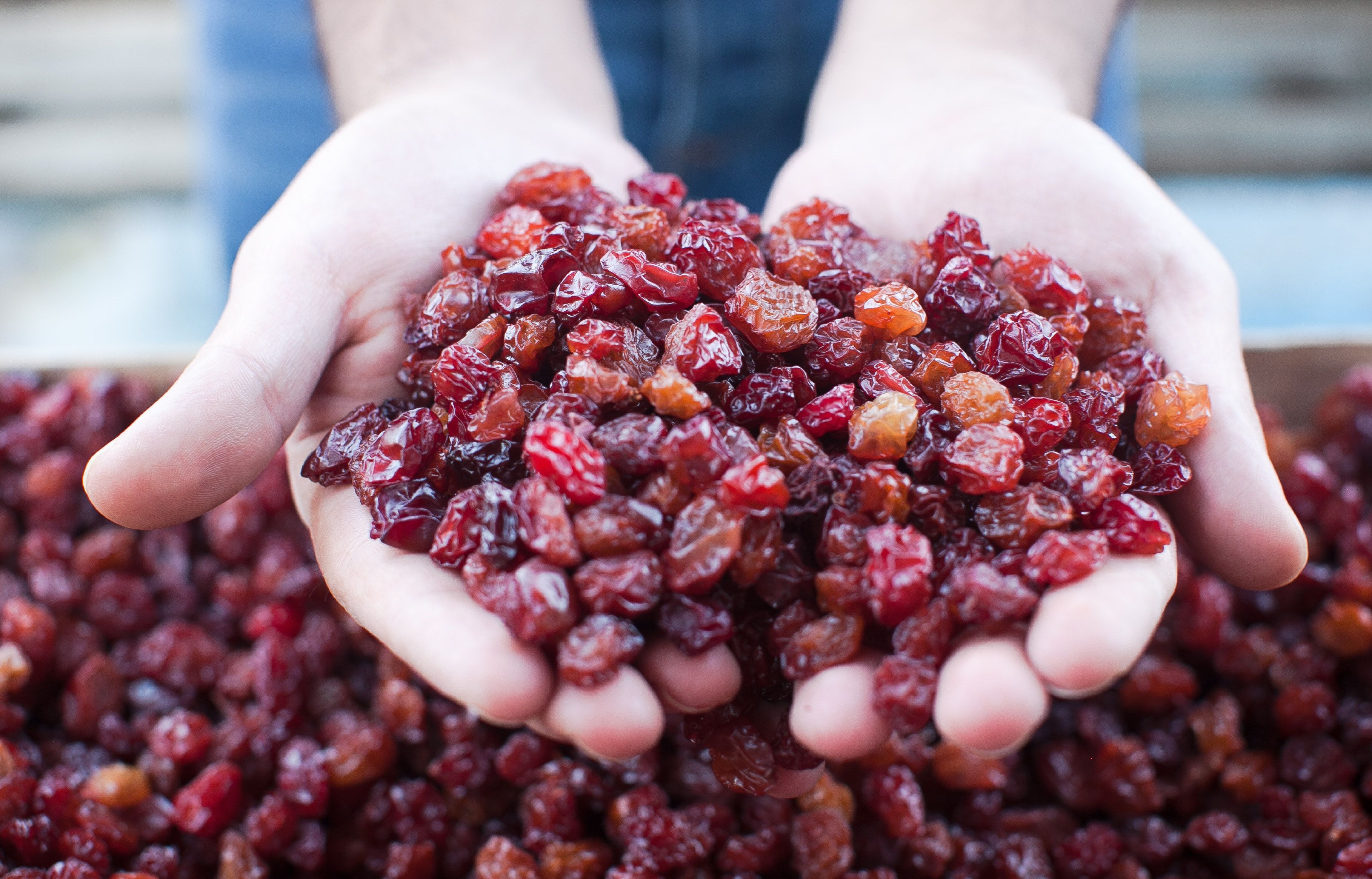
As much as he feels that whole fruit is a healthy and important addition to a person’s diet, Dr Freeby says diabetics need to be careful. “Fruit has a lot of great vitamins and nutrients, but they also contain a lot of carbohydrates that make blood sugar rise,” he explains. If you’re going to pick one type to eat, he says berries tend to raise blood sugar less than fruits like grapes or melon.
Dried fruit, on the other hand, is really risky, Ginn-Meadow says. “Dried fruit contains very concentrated amounts of carbs and sugar, so you really have to watch out for your portion sizes,” she says. A small handful of raisins can contain as much sugar and carbs as a whole bowl of grapes.
